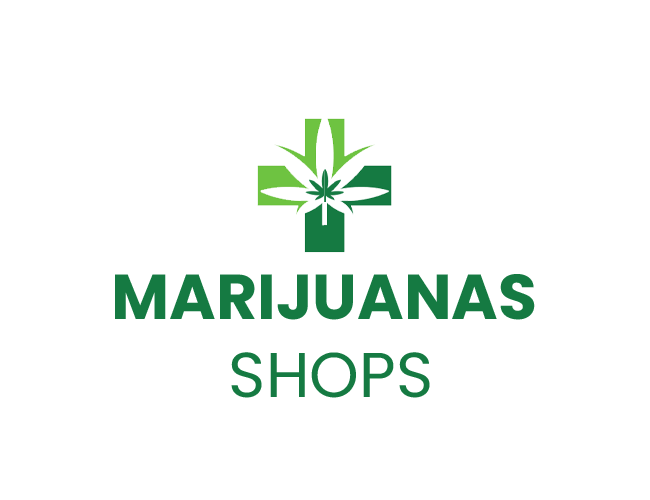BCreating a cohesive and effective marketing plan requires more than just isolated efforts on different platforms. Instead, it involves understanding the synergy between various channels and utilizing them harmoniously. One of the most effective combinations in the digital marketing world is integrating social media strategies with Google Ads Pay-Per-Click (PPC) campaigns. While each platform offers powerful tools on its own, together they can create a formidable presence that enhances brand visibility and boosts conversions.
Understanding the Core Differences
Before delving into combination strategies, it’s crucial to understand what distinguishes social media marketing from Google Ads PPC. Social media platforms are generally more dynamic and interactive, offering businesses a way to engage with audiences directly and build community. In contrast, Google Ads PPC is more about targeted advertising that captures intent-driven customers who are actively searching for specific products or services. Combining these two can help you address both community engagement and targeted reach.
Establishing Your Objectives
The first step in integrating these platforms is clearly defining your objectives. Whether you’re hoping to increase brand awareness, drive traffic to your site, or enhance conversion rates, having a specific goal will guide your combined efforts. For instance, if your main goal is to drive website traffic, you can use attention-grabbing social media ads that lead users to your Google Ads-optimized landing pages, ensuring a seamless journey.
Crafting Consistent Messaging
Consistency is key in any marketing strategy, and it’s no different when combining social media and Google Ads PPC. Ensure that your messaging, tone, and branding are uniform across both platforms. This includes using similar visuals, ad copy, and themes to reinforce brand recognition and make your campaigns more memorable. Consistent messaging not only strengthens your brand but also provides a cohesive experience for your audience.
Targeting the Right Audience
Both social media and Google Ads offer robust audience targeting tools, but they work best when combined strategically. On social media, your targeting can focus on demographic and interest-based criteria, while Google Ads PPC specializes in keyword-based targeting. By integrating these approaches, you can ensure you’re capturing the attention from potential customers who might otherwise be overlooked if you were to use each platform in isolation.
Taking Advantage of Retargeting
One of the most effective tactics when combining social media with Google Ads PPC is retargeting. Use social media interactions to identify interested users who did not convert, and then retarget these users through Google Ads PPC. With this approach, you’re keeping your brand in front of potential customers, increasing the likelihood of conversion by staying top-of-mind. This strategy is highly effective in nurturing leads and reducing cart abandonment.
Utilizing Analytics for Insights
Data-driven decision-making plays a pivotal role in optimizing your combined strategy. Both social media platforms and Google Ads provide comprehensive analytics that offer insights into the performance of your campaigns. Use these analytics to track metrics such as engagement rates, click-throughs, and conversions. By analyzing this data, you’ll be able to fine-tune your approach, allocating budget and effort toward the channels and initiatives demonstrating the best returns.
Synchronizing Ad Schedules
Another strategic consideration is the alignment of your ad schedules. Both Google Ads PPC and social media allow you to schedule ads to appear at optimal times when your target audience is most active. By coordinating your ad schedules across platforms, you can maximize exposure and make your marketing efforts more efficient. This synchronization ensures that your audience receives consistent messaging no matter which platform they are engages with at any given time.
Leveraging Cross-Promotional Content
Creating and sharing cross-promotional content that bridges social media and Google Ads PPC can amplify the effectiveness of your strategy. For instance, you could use social media channels to tease a new product or promotion that users can learn more about through a Google Ads PPC campaign. This type of cross-channel promotion encourages users to move seamlessly between platforms, enhancing engagement and the overall customer journey.
Adapting to Platform Specific Trends
Social media and Google Ads each have their own evolving trends and features. Stay abreast of these developments and continually adapt your strategy to align with the changing landscape. Whether it’s taking advantage of a new Google Ads PPC feature or jumping on a trending social media topic, being agile and adaptable ensures your marketing efforts remain relevant and effective.
Building a Cohesive Brand Experience
Ultimately, the goal of combining social media with Google Ads PPC is to build a cohesive and engaging brand experience. Ensure that every touchpoint, from social media interactions to Google Ads PPC clicks, offers value and aligns with your brand’s mission and values. By doing so, you’ll cultivate a loyal customer base that not only engages with your content but also advocates for your brand.
Measuring Success and Iterating
Finally, measuring success is about more than just tracking clicks and conversions; it involves understanding the overall impact on your business goals. Use key performance indicators (KPIs) to evaluate the success of your combined strategy. KPIs might include metrics like cost-per-click, customer acquisition cost, or return on ad spend. Regularly review these metrics and be prepared to iterate on your strategy, continuously optimizing for improved results.
In conclusion, combining social media and Google Ads PPC strategies requires a thoughtful approach that capitalizes on the strengths of each platform while maintaining a focus on your overarching marketing goals. By integrating these strategies, marketers can create more comprehensive campaigns that not only reach wider audiences but also foster deeper connections with potential customers. Emphasizing consistency, capturing detailed insights, and adapting to platform trends are key to unlocking the full potential of this powerful digital marketing duo.

